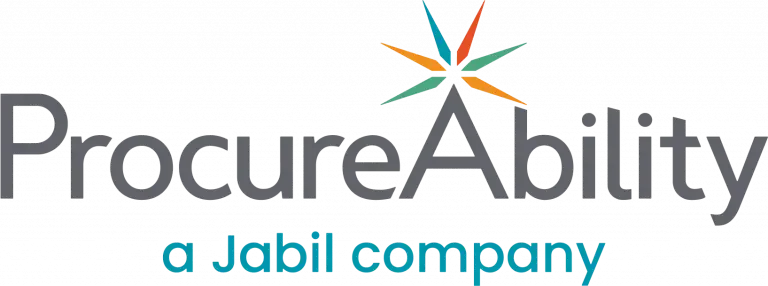
Procurement professionals are responsible for ensuring that every purchase, whether for goods or services, delivers the best value, arrives on time, and meets quality expectations. At ProcureAbility, our client engagements begin with decades of experience and proven procurement strategies that combine market research, supplier evaluation, and strategic sourcing best practices. While these tactics are often applied in enterprise settings, many of the same procurement strategies can be used in everyday decision-making to help you become a more informed and confident buyer.
Step 1: Conduct Strategic Market Research
One of the most important procurement strategies is conducting in-depth market research before making any purchase. Understanding industry dynamics provides valuable leverage during negotiations and helps avoid long-term risks.
- Industry Health: Is the market growing or contracting? Vendors in struggling industries may offer better pricing or incentives to win business.
- Financing Conditions: For large purchases, compare current interest rates to historical trends. In some cases, paying cash may be more cost-effective than financing, depending on loan structures and incentives.
- Supplier Performance History: Investigate vendor reputations. Have certain manufacturers faced recurring product quality or service issues? This kind of supplier evaluation can help you avoid hidden costs such as frequent maintenance or early replacement.
Thorough research empowers you to make decisions based on data rather than assumptions, just like a seasoned procurement team would.
Step 2: Build Competitive Tension with Strategic Sourcing
Creating supplier competition is a cornerstone of strategic sourcing and one of the most effective procurement strategies for driving value. Always request quotes from multiple vendors to understand the full scope of market offerings. In addition:
- Ask for itemized quotes so you can clearly see what’s included, and what each add-on would cost if not offered “free.”
- Evaluate all proposals on an apples-to-apples basis to ensure a fair comparison of features, quality, and pricing.
Creating competitive tension among vendors often leads to better offers and greater flexibility.
Step 3: Apply Proven Procurement Negotiation Tactics
Negotiation is a skill embedded in nearly all successful procurement strategies. Small adjustments in timing, tone, and process can yield substantial gains. Use timing to your advantage. End-of-quarter or post-launch purchases can lead to better pricing as vendors seek to hit internal targets or move old inventory.
Let the supplier make the first offer. This prevents you from setting an unnecessarily high price floor and gives you room to negotiate based on your earlier market research. And finally, don’t underestimate silence. After making a request, resist the urge to fill the gap. Let the supplier respond. Nonverbal cues, like crossed arms or a pause, can also work in your favor during in-person discussions. These negotiation techniques are essential components of both formal and informal procurement strategies.
Step 4: Review the Fine Print
Even after reaching a deal, reviewing contract details remains one of the most overlooked (but vital) procurement strategies. Small clauses can carry large consequences if missed. Key areas to double-check:
- Taxes and fees: Ensure the total cost includes all applicable charges so you don’t face surprise costs upon delivery.
- Warranty coverage: Understand what’s included, how long it lasts, and what your recourse is if something goes wrong.
- Financing terms: If paying in installments, confirm whether interest rates are fixed or variable. A seemingly low price can escalate quickly if rates fluctuate.
This level of diligence helps avoid common pitfalls and ensures that your procurement decisions hold long-term value.
Apply Procurement Fundamentals to Everyday Buying
Whether you’re managing a multimillion-dollar sourcing project or making a large personal purchase, applying proven procurement strategies such as market research, competitive sourcing, vendor negotiation, and risk management, can lead to better decisions and stronger outcomes. By approaching every purchase with a strategic sourcing mindset, you’ll be better equipped to secure the right product, at the right time, and at the best price.



